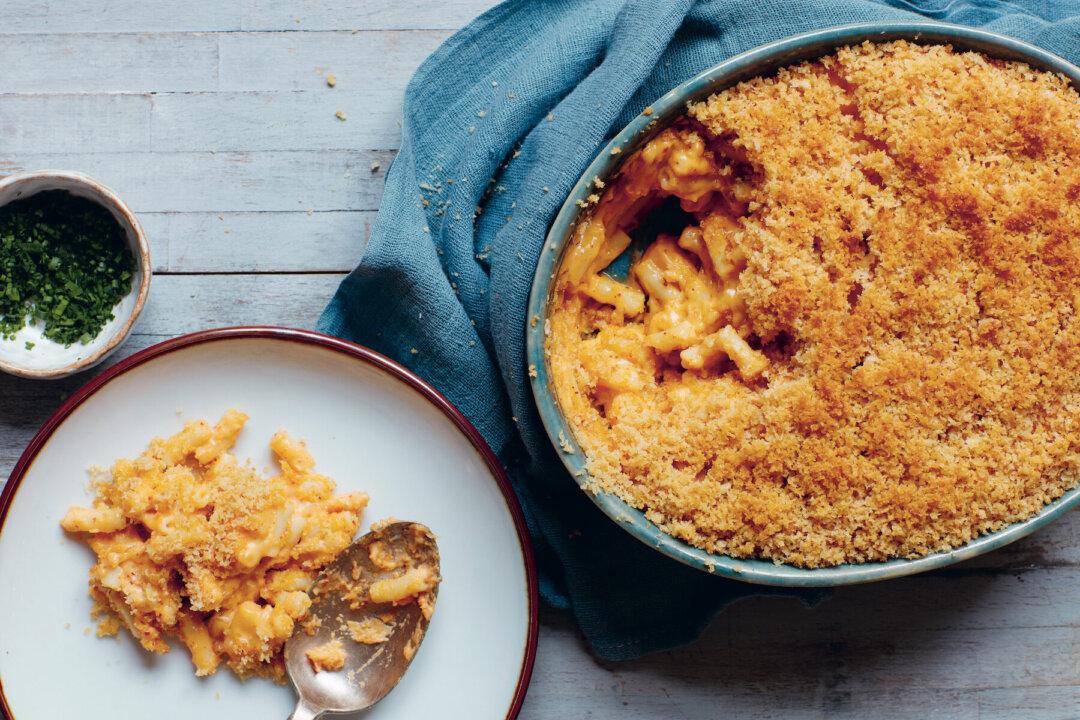Serves 4 to 6
- 2 tablespoons toasted sesame oil
- 5 cups steamed white rice
- 3 tablespoons soy sauce
- 3 tablespoons mirin
- 2 cloves garlic, grated or minced
- 1 teaspoon grated peeled fresh ginger
- 1 teaspoon crushed roasted sesame seeds
- 1/2 pound very thinly sliced beef bulgogi meat (sold at Korean markets) or rib eye
- 2 teaspoons sugar
- Vegetable oil, for frying
- 1 cup soybean sprouts, tails and any soft or brown pieces removed, rinsed and dried well
- 1/4 pound shiitake mushrooms, stemmed and cut into 1/4-inch slices
- 1/2 medium zucchini, thinly sliced on an angle
- 1 cup snow peas
- 1 carrot, julienned
- 6 cups baby spinach
- 1/2 cup drained chopped cabbage kimchi
- Gochujang sauce
- 3 large egg yolks or fried eggs
- Black sesame seeds
- Radish sprouts (optional)
Meanwhile, in a small bowl, stir together the soy sauce, 2 tablespoons of the mirin, the remaining 1 tablespoon sesame oil, the garlic, ginger, and sesame seeds. Mix 2 tablespoons of the sauce with the beef and sugar and set aside. Set the remaining seasoning sauce by the stove.





